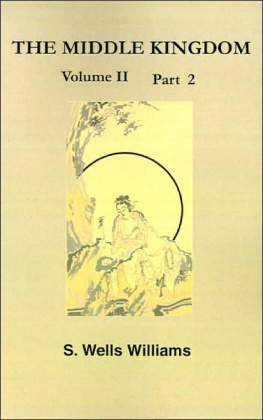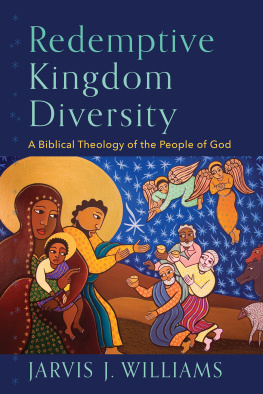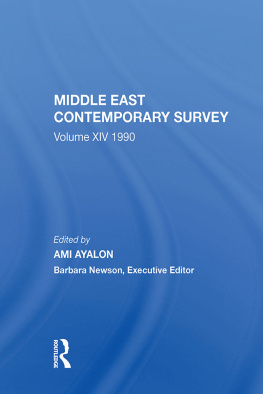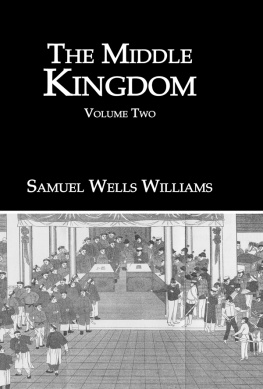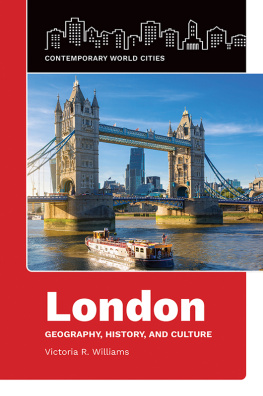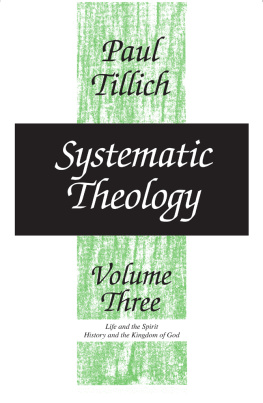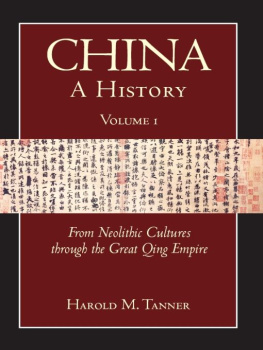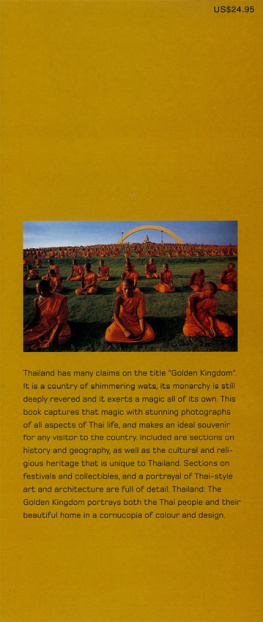| Note: | Images of the original pages are available through Internet Archive. See https://archive.org/details/middlekingdomsu01will |
Transcriber's Note
Images with blue borders are linked to higher-resolution versions of the illustrations. Move the cursor onto the image and click to see the higher-resolution image.
Some characters might not display in this html version (e.g., empty squares.) If so, the reader should consult the original page images noted above.
Large tables have been reformatted to fit smaller screens.
Page headers are formatted as sidenotes.
In the drawing is represented the Emperor Hienfung, attended by his principal ministers, kneeling before the shrine of Hwang-tien Shangt . Though no foreigner has witnessed this ceremony, a few words concerning this native representation will make plain the chief objects of worship.
Upon the triple altar, or Tien Tan (Volume I., p. ), the central temporary shrine is dedicated to Hwang-Tien Shangt , or Imperial Heavens Ruler above. Upon the Emperors right, nearest the chief pavilion, are tablets to his ancestors, Tienming, Shunch, Yungching, and Kiaking; the corresponding opposite house is similarly devoted to Tientsung, Kangh, Kienlung, and Taukwang. The small buildings behind and below these are the Taming ch Wei , the Altar of the Sun or Great Luminary (on the right), and the Ye-ming ch Wei , or Altar of the Night Luminary. The last structure on the worshippers right contains tablets to the Chau-tien Sing , or All Stars; to the Urh-shih pat Suhsing , or Twenty-eight Constellations in the Ecliptic; to the Peh-tan Sing , or Ursa Major; and to the Muh , Kin , Shui , Fo , and Tu , or Five ElementsWood, Metal, Water, Fire, and Earth. Facing this building on the left are shrines to Siueh-sz , Y-sz , Fung-sz , and Lui-sz , the superintendents of Snow, Rain, Wind, and Thunder.
IMPERIAL WORSHIP OF SHANGTI ON THE ALTAR OF HEAVEN AT PEKING.
FROM A CHINESE PAINTING
The Middle Kingdom
A SURVEY OF THE GEOGRAPHY, GOVERNMENT, LITERATURE,
SOCIAL LIFE, ARTS, AND HISTORY
OF
THE CHINESE EMPIRE
AND
ITS INHABITANTS
BY
S. WELLS WILLIAMS, LL.D.
PROFESSOR OF THE CHINESE LANGUAGE AND LITERATURE AT YALE COLLEGE; AUTHOR
OF TONIC AND SYLLABIC DICTIONARIES OF THE CHINESE LANGUAGE
REVISED EDITION, WITH ILLUSTRATIONS AND A NEW MAP OF THE EMPIRE
Volume I.
NEW YORK
CHARLES SCRIBNERS SONS
1900
Copyright, 1882, by
CHARLES SCRIBNERS SONS
Trows
Printing and Bookbinding Company
201-213 East Twelfth Street
NEW YORK
To
GIDEON NYE, Jr. ,
OF CANTON, CHINA,
A
TESTIMONIAL OF THE
Respect and Friendship
OF THE AUTHOR.
PREFACE.
During the thirty-five years which have elapsed since the first edition of this work was issued, a greater advance has probably been made in the political and intellectual development of China than within any previous century of her history. While neither the social habits nor principles of government have so far altered as to necessitate a complete rewriting of these pages, it will be found, nevertheless, that the present volumes treat of a reformed and in many respects modern nation. Under the new rgime the central administration has radically increased its authority among the provincial rulers, and more than ever in former years has managed to maintain control over their pretentions. The Empire has, moreover, established its foreign relations on a well-understood basis by accredited envoys; this will soon affect the mass of the people by the greater facilities of trade, the presence of travellers, diffusion of education, and other agencies which are awaking the people from their lethargy. Already the influences which will gradually transform the face of society are mightily operating.
The changes which have been made in the book comprise such alterations and additions as were necessary to describe the country under its new aspects. In the constant desire to preserve a convenient size, every doubtful or superfluous sentence has been erased, while the new matter incorporated has increased the bulk of the present edition about one-third. The arrangement of chapters is the same. The first four, treating of the geography, combine as many and accurate details of recent explorers or residents as the proportions of this section will permit. The extra-provincial regions are described from the researches of Russian, English, and Indian travellers of the last twenty years. It is a waste, mountainous territory for the most part and can never support a large population. Great pains have been taken by the cartographer, Jacob Wells, to consult the most authentic charts in the construction of the map of the Empire. By collating and reducing to scale the surveys and route charts of reliable travellers throughout the colonies, he has produced in all respects as accurate a map of Central Asia as is at this date possible. The Eighteen Provinces are in the main the same as in my former map.
The chapter on the census remains for the most part without alteration, for until there has been a methodical inspection of the Empire, important questions concerning its population must be held in abeyance. It is worth noticing how generally the estimates in this chapteror much larger figureshave since its first publication been accepted for the population of China. Foreign students of natural history in China have, by their researches in every department, furnished material for more extensive and precise descriptions under this subject than could possibly have been gathered twoscore years ago. The sixth chapter has, therefore, been almost wholly rewritten, and embraces as complete a summary of this wide field as space would allow or the general reader tolerate. The specialist will, however, speedily recognize the fact that this rapid glance serves rather to indicate how immense and imperfectly explored is this subject than to describe whatever is known.
That portion of the first volume treating of the laws and their administration does not admit of more than a few minor changes. However good their theory of jurisprudence, the people have many things to bear from the injustice of their rulers, but more from their own vices. The Peking Gazette is now regularly translated in the Shanghai papers, and gives a coup dil of the administration of the highest value.
The chapters on the languages and literature are considerably improved. The translations and text-books which the diligence of foreign scholars has recently furnished could be only partially enumerated, though here, as elsewhere in the work, references in the foot-notes are intended to direct the more interested student to the bibliography of the subject, and present him with the materials for an exhaustive study. The native literature is extensive, and all branches have contributed somewhat to form the rsum which is contained in this section, giving a preponderance to the Confucian classics. The four succeeding chapters contain notices of the arts, industries, domestic life, and science of the Chinesea necessarily rapid survey, since these features of Chinese life are already well understood by foreigners. Nothing, however, that is either original or peculiar has been omitted in the endeavor to portray their social and economic characteristics. The emigration of many thousands of the people of Kwangtung within the last thirty years has made that province a representative among foreign nations of the others; it may be added that its inhabitants are well fitted, by their enterprise, thrift, and maritime habits, to become types of the whole.

